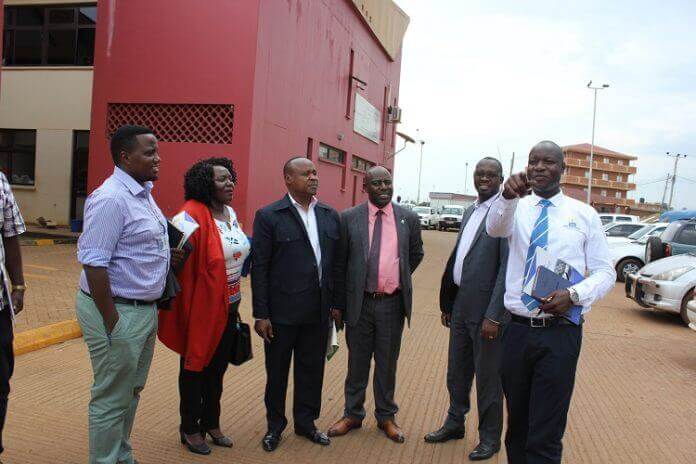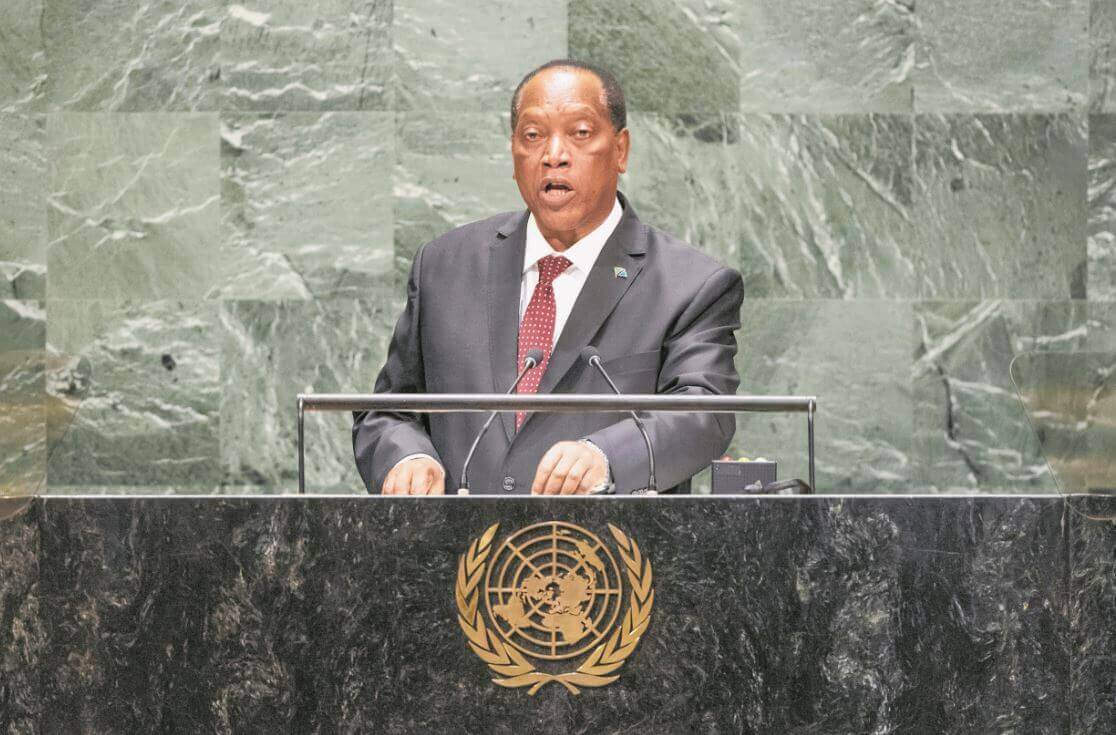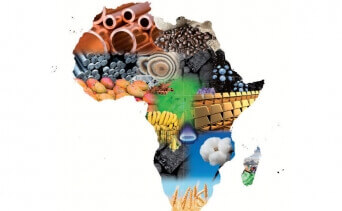In African countries, according to the UNDP, the economic and social discrimination against women actually costs Africa USD 105 billion a year or 6% of the continent’s annual Gross Domestic Product (GDP). In Tanzania, agriculture is a principal source of income and livelihood for about 65% of the population contributing an estimated 30%to the GDP. There is a greater participation of women than men in the sector split 81% and 73% respectively -the number increases to 98% for women in rural areas. Many of the world’s poorest countries rely on traditional agricultural crops for export however; it has been proven that participation in high-value export commodity chains such as horticulture and fisheries provides considerable opportunities for growth and poverty reduction. An analysis conducted by International Trade Center Non-Tariff Measures Surveys across 20 countries in 2015 revealed that when it comes to gender parity, far fewer women owned businesses are engaged in international trade than those owned by men. Diversification into high-value agricultural exports has been cited as a key means of linking the world's rural poor to global markets. But how do we unlock this potential of agriculture for improved livelihoods in our own country? Last week, experts met in Kenya’s capital, Nairobi, and extensively discussed and deliberated on the inclusive participation of women in trade for sustainable development at Trademark East Africa’s annual research symposium on Sustainable and Inclusive Aid for Trade (SIAT). The basis of the discussions was a groundnuts case study from Malawi which revealed that sanitary...
Agriculture,vehicle for increasing women’s involvement in global teade
Posted on: October 3, 2019
Posted on: October 3, 2019




















